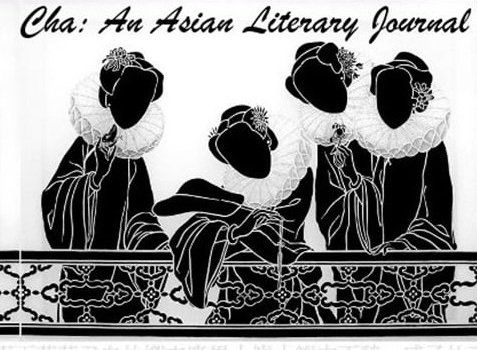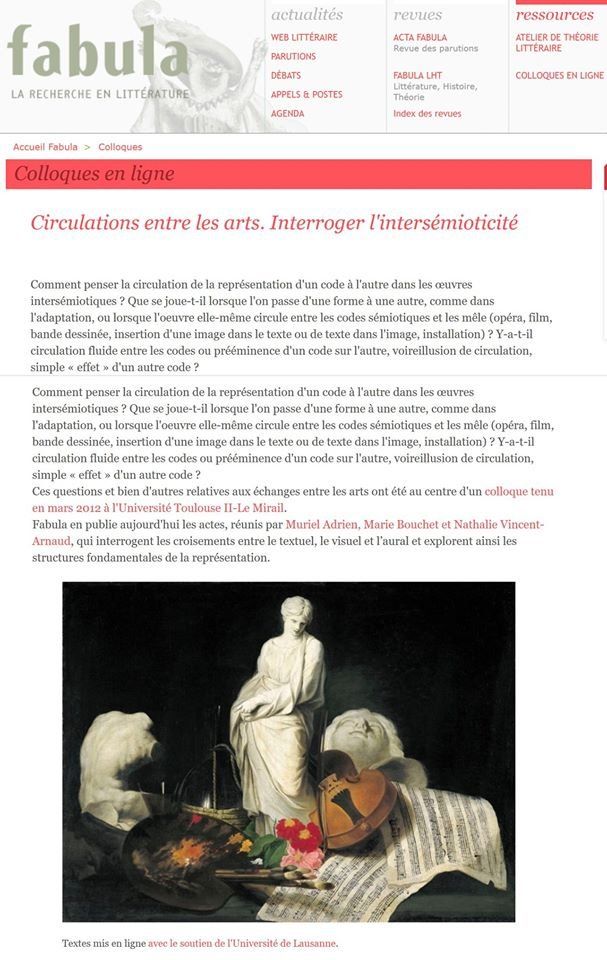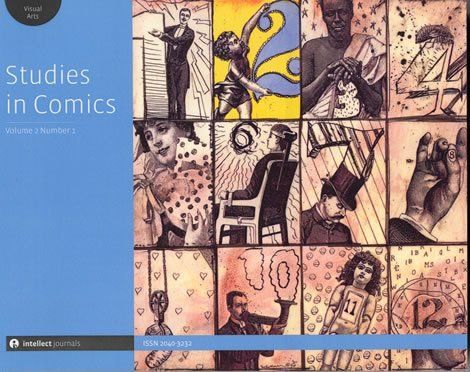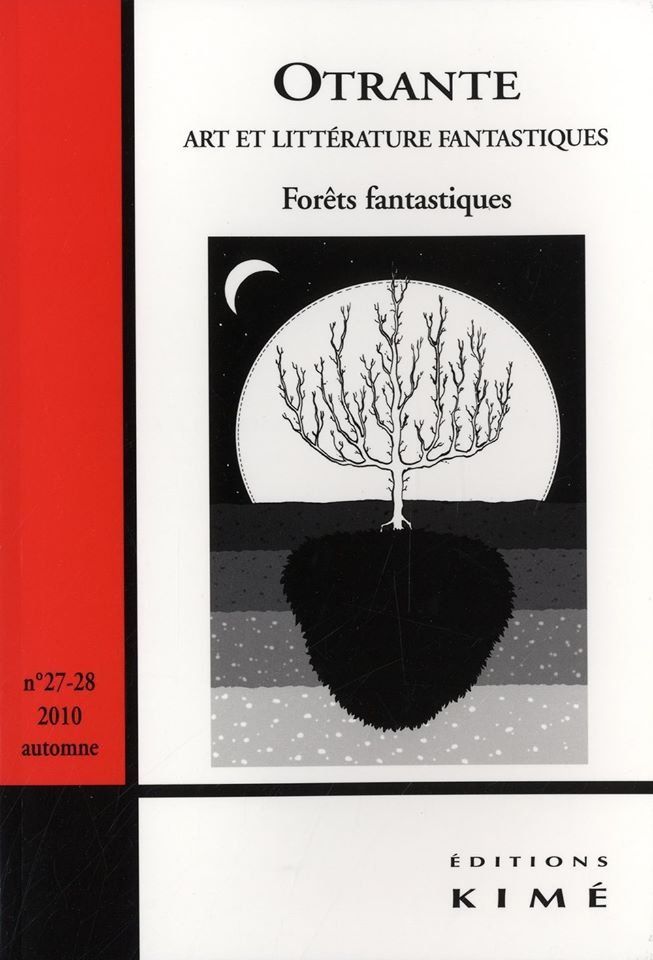The first 2023 issue of American journal Utopian Studies contains, in its "Book Reviews" section, my review of the essay Fabuler la fin du monde. La puissance critique des fictions d'apocalypse (2019) by Jean-Paul Engélibert, which details the way in which apocalypse stories have shifted, over time, from being written from a religious outlook to relying on physical and particularly environmental and climatic inspirations. It then shows the different ways in which the first modern apocalypse stories, in the 19th and early 20th centuries, served as forerunners to today's works devoted to climate change and other current issues. Finally, Engélibert's work strives to prove that by creating an imaginary space of post-apocalyptic tabula rasa (a kairos opposed to the chronos of normal pre-apocalyptic life), apocalypse fiction can help generate pragmatic and dynamic thinking on new conditions and the actions to be carried out from a new context, and therefore motivation rather than discouragement, or what Michel Deguy called L'Énergie du désespoir [The Energy of Despair] (1998).
To that effect, Engélibert mainly studies Jean-Baptiste Cousin de Grainville's Le Dernier homme (1805), Mary Shelley's Frankenstein (1818), Émile Souvestre's Le Monde tel qu'il sera (1846), Didier de Chousy's Ignis (1883), Robert Merle's Malevil (1972), José Saramago's Blindness (1995), Antoine Volodine's Minor Angels (1999), Don DeLillo's Cosmopolis (2003), Cormac McCarthy's The Road (2006), Céline Minard's Le Dernier monde (2007), Davide Longo's The Last Man Standing (2010), Margaret Atwood's MaddAddam novel trilogy (2003, 2009, 2013), the films On the Beach (1959) by Stanley Kramer, Melancholia (2011 ) by Lars von Trier, 4:44 Last Day On Earth (2012) by Abel Ferrara, and Ghost in the Shell (1995) by Mamoru Oshii, the short story “The Machine Stops” (1909) by E.M. Forster, the drama trilogy The War Plays (1985) by Edward Bond, and the first season (2014) of the television series The Leftovers (2014-2017) by Damon Lindelof and Tom Perrotta.
The journal's review on the publisher's website:
https://www.psupress.org/journals/jnls_utopian_studies.html
The issue's page on digital platform Scholarly Publishing:
https://scholarlypublishingcollective.org/psup/utopian-studies/issue/34/1
Engélibert's book's page on its publisher's website:
https://www.editionsladecouverte.fr/fabuler_la_fin_du_monde-9782348037191
CHA
AN ASIAN LITERARY JOURNAL
Cha is an English-language Hong Kong literary journal devoted to Asian arts and cultures. I wrote, for their "reviews" section, an article entitled "Strange Beasts of China: Harnessing Zhiguai and Magic Realism to Satirise Othering" published on the journal's blog in November 2022.
This analysis of the contemporary fantasy novel Strange Beasts of China, by Yan Ge, examines the ways in which this series of tales set in present-day China, evoking various species of monstrous "beasts", and all intertwined in such a way as to reveal the secrets of the origins of the (human) (or is she, really?) narrator, borrows from zhiguai through some of its themes, to magic realism through its ambiguous treatment of the status of the supernatural, and to postcolonial discourse in the way it denounces otherning through the symbolic example of "beasts" and the way they are treated by humans.
The article can be read at this address: https://chajournal.blog/2022/11/16/beasts/
Strange Beasts of China's page on its publisher's website: https://www.tiltedaxispress.com/store/strange-beasts-of-china
MIRANDA
REVUE PLURIDISCIPLINAIRE DU MONDE ANGLOPHONE
MULTIDISCIPLINARY PEER-REVIEWED JOURNAL ON THE ENGLISH-SPEAKING WORLD
Issue 22
2
The spring 2021 issue of the journal
Miranda, contains, in the section
Reviews
(edited by
Candice Lemaire and
Isabelle Keller-Privat),
my review of two fascinating Alan Moore-focused books by
Pádraig Ó Méalóid:
Poisoned Chalice: The Extremely Long and Incredibly Complex Story of Marvelman (and Miracleman) (devoted to the inextricable legal battles that have prevented the continuation of Alan Moore, Neil Gaiman et al.'s comic book series
Miracleman for almost three decades, and
Mud and Starlight.
The Alan Moore Interviews, 2008-2016, which is, as its subtitle suggests, a collection of the many interviews with Alan Moore carried out by Ó Méalóid over the years.
The article is, like the rest of the issue, available online at the following address:
https://journals.openedition.org/miranda/38271
Here is one of the addresses where you can get
Poisoned Chalice:
https://www.lulu.com/shop/padraig-o-mealoid/poisoned-chalice-the-extremely-long-and-incredibly-complex-story-of-marvelman-and-miracleman/paperback/product-23858084.html?page=1&pageSize=4
Here is one of the addresses where you can get
Mud and Starlight:
https://www.lulu.com/en/us/shop/p%C3%A1draig-%C3%B3-m%C3%A9al%C3%B3id-and-alan-moore/mud-and-starlight-interviews-with-alan-moore-2008-2016/paperback/product-6744gq.html?page=1&pageSize=4
CALIBAN N°63
DYNAMICS OF COLLAPSE IN
FANTASY, THE FANTASY AND SF
Dynamiques de l'effondrement dans le fantastique, la fantasy et la SF
Collective collection of texts on American, British, Irish, Quebec and Filipino literature and TV series (among others). The main dossier, made up of scholarly articles on the theme of societal and civilizational, environmental, economic and political collapse in works of science fiction, horror and fantasy, was edited by Florent Hébert and myself. It is followed by a section entitled "Detours" which includes reviews, small essays, poems and short stories, which was edited by Helen Goethals and James Gifford, and to which Mr. Hébert and I also contributed. Finally, a section of reviews of scientific works on various themes (edited by Nathalie Rivère de Carles and Emeline Jouve) concludes the collection, and includes a review of mine, which is in line with the themes of the other sections. To be published on 25 February 2021.
Back cover: While a variety of future-set science fiction focusing on the effects of climate change (commonly called "climate fiction" or "cli-fi") is developing, more and more voices are being raised, in the scientific community, no longer to prevent a distant apocalypse, but to take notice of a collapse (of climate, biodiversity, energy resources, hence thermo-industrial civilization) already underway. The purpose of this collection is to accomplish part of the technical and anthropological study of this context offered by theoreticians of systemic collapse, or "collapsologists", but to focus specifically on its impact on fantasy, the fantastic and science fiction. The studies featured in this book are about recent works that may have been influenced by the current context of ongoing collapse and about older works that are then re-read in light of the new context. They provide analyses developed from a collapsological perspective, and reflections on the concept of collapse.
The book's page on its publisher's website:
The whole issue can be read online, at this address:
https://journals.openedition.org/caliban/7118
The collective collection
Caliban 63: Dynamiques de l'effondrement dans le fantastique, la fantasy et la SF/Dynamics of Collapse in Fantasy, the Fantastic and SF, published in
January 2021 and edited by
Florent Hébert and myself, contains, after the thematic dossier of scholarly articles that we edited, a section entitled "Detours", edited by
Helen Goethals and
James Gifford, which includes reviews, small essays, poems and short stories on the same collapsological themes as the preceding scholarly papers. In this section, one can find my book review entitled "On Lionel Shriver's The Mandibles, A Family (2029-2047)".
In this review, I briefly analyze the links of Lionel Shriver's novel to the genres of science fiction, financial crisis fiction and family chronicle, as well as the way in which the novel dramatizes the author's libertarian ideology.
The book's page on its publisher's website:
https://pum.univ-tlse2.fr/produit/n-63-dynamiques-de-leffondrement-dans-le-fantastique-la-fantasy-et-la-sf/
My text, as well as the whole issue, can also be read on line:
https://journals.openedition.org/caliban/7834
Page of the novel
The Mandibles on the site of its publisher:
https://www.harpercollins.com/products/the-mandibles-lionel-shriver?variant=32205656129570
The collective collection
Caliban 63: Dynamiques de l'effondrement dans le fantastique, la fantasy et la SF/ Dynamics of Collapse in Fantasy, the Fantastic and SF, published in
January 2021 and edited by
Florent Hébert and myself, contains, at the end of the issue, a section devoted to reviews of scientific works on various themes, edited by
Nathalie Rivère de Carles and
Emeline Jouve, including
my review of the collective collection
Écrire la catastrophe: L'Angleterre à l'épreuve des éléments (XVIe-XVIIe siècles), edited by
Sophie Chiari and published by the University Press of Blaise Pascal Clermont Ferrand, which offers many analyses of texts from the period studied, sermons, emblematic poems, philosophical treatises, plays by Shakespeare and other authors of the time, or accounts of explorers' travels, thus forming a cultural panorama that shows the evolution from a vision of natural disasters as divine punishment, towards a progressively better understanding of the climate and meteorological issues related to these phenomena.
The book's page on its publisher's website:
https://pum.univ-tlse2.fr/produit/n-63-dynamiques-de-leffondrement-dans-le-fantastique-la-fantasy-et-la-sf/
My text, as well as the rest of the issue, can also be read on line: https://journals.openedition.org/caliban/8300
Page of the book
Écrire la catastrophe on the site of its publisher:
http://pubp.univ-bpclermont.fr/public/Fiche_produit.php?titre=%C3%89crire%20la%20catastrophe
CHA
AN ASIAN LITERARY JOURNAL
Issue 46
Written for the reviews section of Cha (a Hong-Kong-based, English-language literary journal dedicated to the arts and cultures of Asia), my article "The Fox Spirit of Bluestone Mountain: Female Force, Bridges from Zhiguai to Novel, and a Royal Rumble of Myth" is about The Fox Spirit of Bluestone Mountain, a 19th-century Chinese fantasy novel recently translated into English.
I analyze how the novel synthesizes the different aspects of the figure of the anthropomorphic and seductive fox spirit, a recurring character in Chinese folklore and fantasy, and how the novel uses mythological intertextuality and the conventions of several Chinese literary traditions to create a rich narrative and a particularly complex and compelling fox figure.
The article will be published on line in issue 46 of Cha, at an as-yet undisclosed date (the current issue featured on the journal's homepage is issue 44). In the meantime, the article is already prepublished in the "reviews" section of the journal's blog, at the following address: https://chajournal.blog/2020/08/24/fox-spirit/
Here is also the page of
The Fox Spirit of Bluestone Mountain on its publisher's website:
https://camphorpress.com/books/fox-spirit-of-bluestone-mountain/
CHA
AN ASIAN LITERARY JOURNAL
Issue 46
The article will be published on line in issue 46 of Cha, at an as-yet undisclosed date (the current issue featured on the journal's homepage is issue 44). In the meantime, the article is already prepublished in the "reviews" section of the journal's blog, at the following address:
https://camphorpress.com/books/the-flock-of-ba-hui/
Interroger l'intersémioticité
&
ART ET LITTERATURE FANTASTIQUES
N°27-28
Forêts fantastiques




















